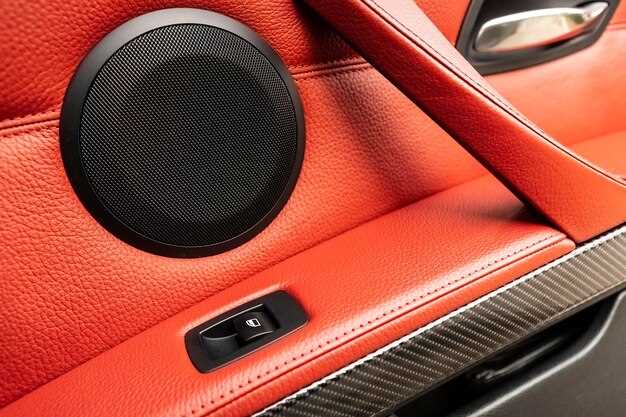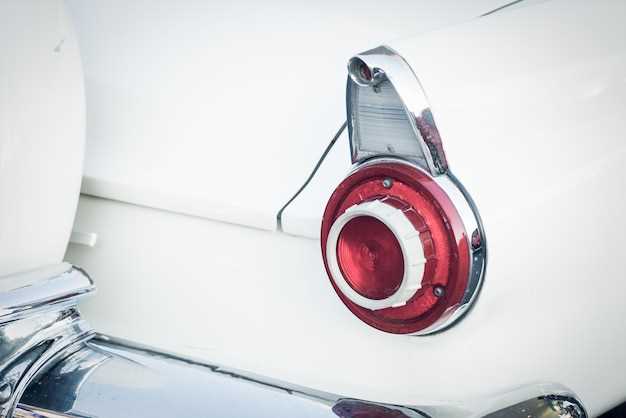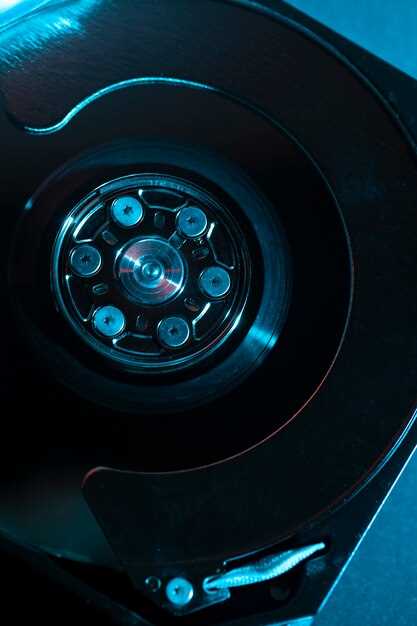

Upgrading the audio system in your Mustang is a surefire way to enhance your driving experience. With the right sound upgrades, you can transform your vehicle into a rolling concert hall, delivering crisp highs and deep lows that truly bring your music to life. Whether you’re an audiophile or simply someone who enjoys their favorite tunes on the road, investing in quality speakers and subs can make all the difference.
When considering an upgrade, it’s essential to assess your current audio setup. Many factory systems underdeliver when it comes to sound quality, often lacking the bass and clarity desired by car enthusiasts. By opting for aftermarket speakers and subwoofers designed specifically for Mustangs, you can unlock the full potential of your audio experience. It’s not just about playing music; it’s about immersing yourself in a realm of rich, detailed sound that elevates every drive.
This article will explore various audio upgrades available for Mustang owners, focusing on what to look for when selecting speakers and subs. From power handling and frequency response to installation tips and brand recommendations, we will provide you with the information you need to make informed decisions that will enhance your car’s audio performance.
Choosing the Right Speakers for Your Mustang

Upgrading the audio system in your Mustang begins with selecting the right speakers. The quality of the speakers directly affects the overall sound experience, making it essential to choose components that complement the vehicle’s acoustics and your personal audio preferences.
First, consider the speaker size. Mustangs typically have specific mounting locations that determine the size of the speakers you can install. Check the specifications for your model year to ensure a proper fit. Common sizes include 6.5 inches and 6×9 inches. Choosing the right size not only ensures compatibility but also influences sound quality.
Next, look at the power handling capability. This is measured in watts and indicates how much power the speakers can handle without distortion. If you plan to upgrade your Mustang’s audio system with a powerful amplifier, opt for speakers with higher power ratings to achieve clear sound at elevated volumes.
Sound quality is another crucial aspect. Consider speakers that offer a wide frequency response range, which means they can effectively reproduce both bass and treble sounds. If you enjoy deep bass, look for speakers with good low-end performance and high sensitivity ratings to ensure efficient sound reproduction.
Don’t overlook the type of speaker configuration as well. Component speakers often provide better sound quality than coaxial speakers due to their separate tweeters and woofers. However, coaxial speakers are easier to install and can still provide excellent audio quality for casual listeners.
Finally, budget plays an important role in your decision. High-end speakers can dramatically improve your audio experience, but there are many affordable options that still deliver satisfying performance. Research and compare different brands and models to find the best fit for your Mustang without breaking the bank.
By thoughtfully considering these aspects, you’ll be well on your way to upgrading your Mustang’s audio system and enjoying an exceptional listening experience on every drive.
Installation Tips for Enhanced Subwoofer Performance
Upgrading your Mustang’s audio system with a high-quality subwoofer can significantly enhance your listening experience. To optimize the performance of your new subwoofer, consider these essential installation tips.
First, choose the right location for the subwoofer. Ideally, it should be positioned in the trunk or rear area of the vehicle to maximize sound projection. Ensure there is enough space around the subwoofer for airflow, as this will prevent overheating and improve overall efficiency.
Next, pay attention to the enclosure type. Sealed enclosures provide tight, accurate bass, while vented enclosures can produce louder, more powerful sound. Select an enclosure that matches your audio system’s specifications for the best results.
Correct wiring is crucial for optimal performance. Use high-quality, appropriately gauged wires to minimize signal loss and interference. Ensure all connections are secure and that you follow the manufacturer’s wiring diagram for safe installation.
Consider adding sound-deadening material to your Mustang. This can reduce vibrations and rattle, allowing your subwoofer to perform at its best. Applying this material to the trunk area and doors can enhance your overall audio experience.
Finally, properly tune your audio system after installation. Adjust the gain, crossover frequency, and phase settings to match your subwoofer and other speakers. Fine-tuning these settings will ensure a balanced sound and improve your listening experience.
Optimizing Audio Settings for Maximum Sound Quality

To enhance your Mustang’s audio experience after upgrading your speakers and subs, fine-tuning your system’s audio settings is crucial. Start by adjusting the equalizer settings. Depending on the genres of music you prefer, boost or cut specific frequency ranges. For instance, increase the bass frequencies for hip-hop or electronic music, while elevating mid-range frequencies can benefit vocals and acoustic tracks.
Next, balance the volume levels between different speakers. Ensure that your front and rear speakers are in harmony, preventing any overpowering sound from one source. Adjusting the fade can also create a more immersive listening experience. Positioning the audio more towards the front can help in achieving a clear soundstage.
Utilize any built-in sound processing features in your audio system. Features like surround sound or sound staging can make a significant difference. Experiment with these settings to find the optimal configuration that complements your upgraded components.
Another important aspect is the crossover settings. For subwoofers, set the low-pass filter correctly to ensure they only handle the frequencies they are meant to reproduce. This not only improves sound quality but also protects your sub from potential damage due to undesired high frequencies.
Finally, ensure that all connections are secure and correctly installed. Poor connections can lead to distortion and loss of sound quality. Regularly check and tighten any loose wires that might affect performance.






